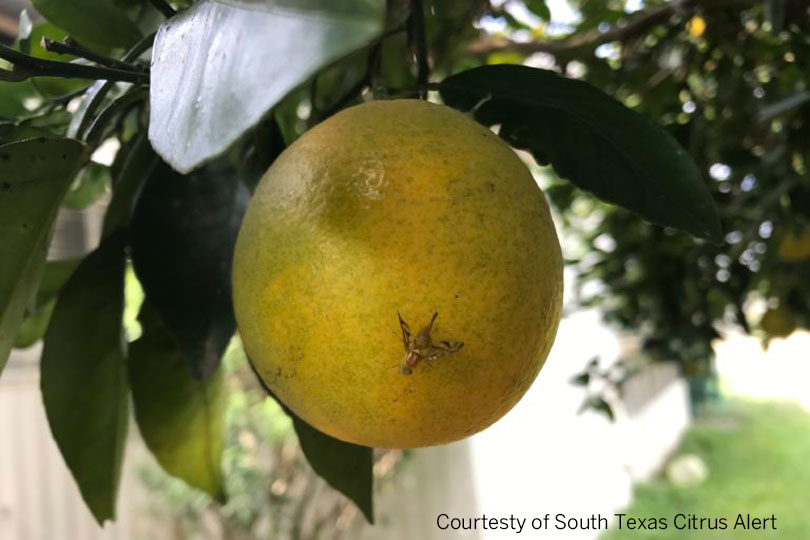By Justin Walker
Communications Specialist
Invasive plants, pests and diseases pose many risks to America’s crops and forests. While the U.S. Department of Agriculture (USDA) recognizes April as Invasive Plant Pest and Disease Awareness Month, it’s important to be aware of the issues year round.
Samantha Simon, USDA senior invasive species coordinator, said April is the month that invasive pests begin to emerge and cause damage to crops and forests.
“In Texas, you have quite a few hungry pests,” Simon said. “These pests have been identified by USDA as easy to spread by humans through the things that they move.”
According to StateImpact, some of the species listed in the top 10 invasive species in Texas include zebra mussels, feral hogs, red fire ants and giant salvinia.
Simon said invasive pests can cause damage to more than just crops and forests. They can also impact human and animal health issues, as well as affect jobs.
“These invasive species also impact jobs,” she said. “You can’t get out in the fields to work because of imported fire ants. You’re commercial citrus crops are at risk because of the citrus pests and diseases.”
To help prevent the spread of these pests, Simon said people need to be aware of quarantine areas and avoid moving items from those areas that may serve as shelter or food sources for these pests.
While some species are difficult to identify, such as the Mexican fruit fly, there are warning signs for almost every invasive pest. The citrus greening disease, for instance, is often found on Asian citrus psyllids and can be recognized by green, discolored or poor-tasting fruit produced by the plant.
“Those are signs that you have a hungry pest, and you need to report them to www.hungrypest.com,” Simon said.
Simon said there are multiple ways to avoid spreading these pests, one of which is being particular about who you purchase citrus plants from.
“It’s really important to only buy citrus fruit and trees from shippers who comply with the federal quarantine restrictions,” she said. “The best way to figure that out is to ask them if their products follow those standards.”
These pests can also travel by live plants, Simon said, as well as agricultural-based souvenirs and soil. She suggests avoid transplanting these items, especially if they are located within quarantine zones.
Mother Nature can also play a role in the spreading of invasive pests. Simon said Hurricane Harvey caused the relocation of several invasive species and said people should be on the lookout for new pests that were not there this time last year.
Simon noted early detection is crucial.
“It means we can identify where the hungry pest is. We can close in on it, and we can eradicate it,” she said.
For more information on invasive pests, visit the USDA Animal and Plant Health Inspection Service’s website.
To report suspected pest infestations, visit www.hungrypest.com.

